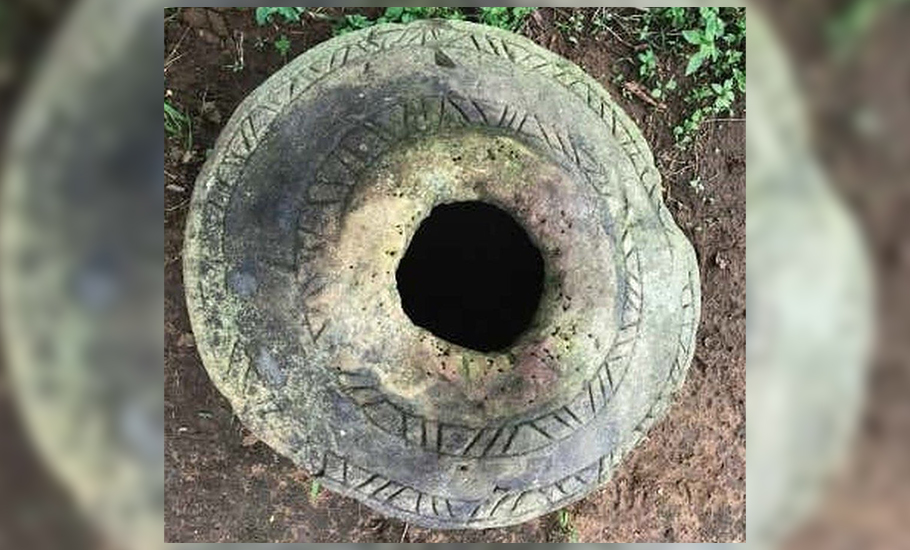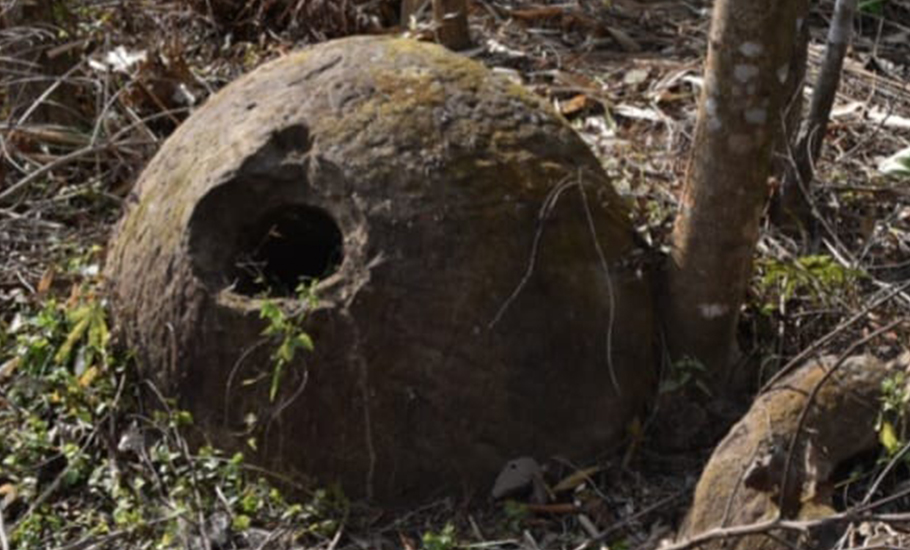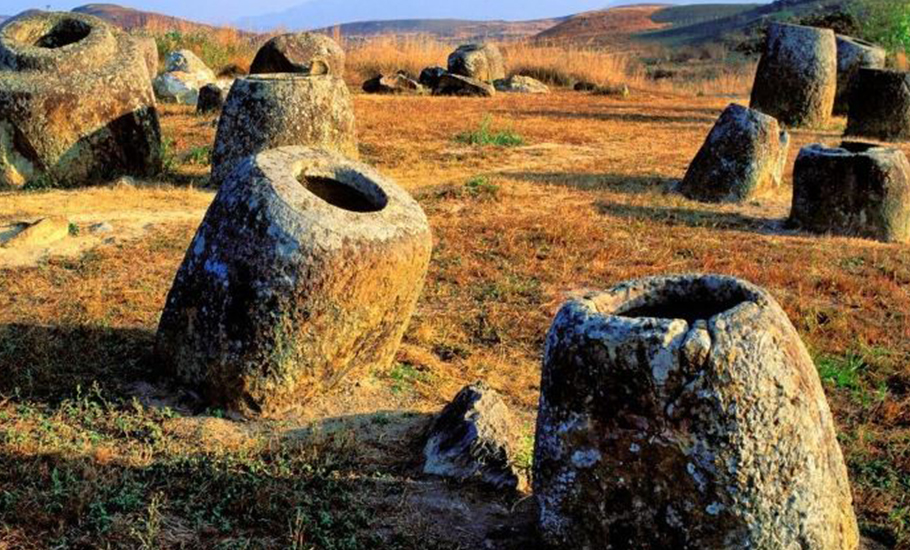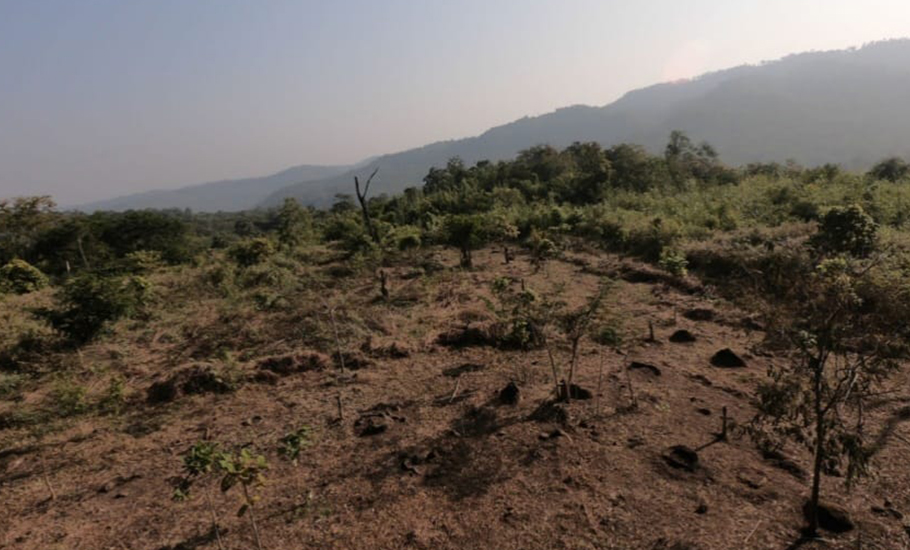
- Home
- India
- World
- Premium
- THE FEDERAL SPECIAL
- Analysis
- States
- Perspective
- Videos
- Sports
- Education
- Entertainment
- Elections
- Features
- Health
- Business
- Series
- In memoriam: Sheikh Mujibur Rahman
- Bishnoi's Men
- NEET TANGLE
- Economy Series
- Earth Day
- Kashmir’s Frozen Turbulence
- India@75
- The legend of Ramjanmabhoomi
- Liberalisation@30
- How to tame a dragon
- Celebrating biodiversity
- Farm Matters
- 50 days of solitude
- Bringing Migrants Home
- Budget 2020
- Jharkhand Votes
- The Federal Investigates
- The Federal Impact
- Vanishing Sand
- Gandhi @ 150
- Andhra Today
- Field report
- Operation Gulmarg
- Pandemic @1 Mn in India
- The Federal Year-End
- The Zero Year
- Science
- Brand studio
- Newsletter
- Elections 2024
- Events
- Home
- IndiaIndia
- World
- Analysis
- StatesStates
- PerspectivePerspective
- VideosVideos
- Sports
- Education
- Entertainment
- ElectionsElections
- Features
- Health
- BusinessBusiness
- Premium
- Loading...
Premium - Events

For Dima Hasao in Assam, nothing’s set in stone. Know why

Growing up in the lush green hills of Assam’s Dima Hasao district, Lucy Riame had often heard from her elders a quaint story attached to the name of her idyllic village — Nuchubunglo. The name in her local language, zeme, literally translates to ‘hills of the hallowed stones’. Twenty years later, Lucy, now a mother of two, finds pictures of her village splashed across...
Growing up in the lush green hills of Assam’s Dima Hasao district, Lucy Riame had often heard from her elders a quaint story attached to the name of her idyllic village — Nuchubunglo. The name in her local language, zeme, literally translates to ‘hills of the hallowed stones’. Twenty years later, Lucy, now a mother of two, finds pictures of her village splashed across archaeological journals, piquing both national and international media interest — all because of some innocuously hiding gigantic stone jars buried deep in the ground.
Apparently, a great many archaeologists and historians have been trying to solve the mystery behind such spooky stone jars for almost a century now. Recently, researchers stumbled upon a fresh batch of jars in the area.
It was this batch of 65 stone jars that has placed Nuchubunglo at the centre of attention. A total of 546 stone jars have been found so far in the vicinity of the village.
The latest find comes about 100 years after the discovery of seven similar strange sites in both Assam and Meghalaya, resembling the unique megalithic culture of ancient Laos and Indonesia.
Researchers believe unearthing the mystery may rewrite the history of Assam, throwing light on a culture that existed in India’s northeast thousands of years ago and its probable linkage to a similar cultural landscape developed in Southeast Asia between the late second millennium BC and thirteenth century AD.

The team of researchers comprising Tilok Thakuria of the North Eastern Hill University, Uttam Bathari of Gauhati University and Nicholas Skopal of Australian National University discovered the giant stone jars that are one to three meters in height and 0.85 to 2 meters in diameter.
According to a field work report by the three researchers published in the Asian Archaeology journal last month, some jars are partly or fully buried in the ground.
The majority of the jars are bulbous shaped with an elongated conical button, says the report. “In some instances, the jars display limited decoration, including decorative bands, human and buffalo heads, dao (machete) and hoe.”
Flashback
Although formal research into the megalithic vessels in Assam started in 1929 after British civil servants James Philip Mills and John Henry Hutton first discovered them, it is still not clear what the jars were used for, who made them and when they were made.
Thakuria tells The Federal that solving these mysteries would be crucial to know the extent of cultural affinity the people here had with their counterparts in Southeast Asia.
“We all know there was a migratory route from Southeast Asia to the northeastern part of India via Myanmar. The discovery of the jars shows there was more than just cultural linkage. The geographical area between Laos and Assam might have been occupied by a group or groups of people having similar kind of cultural practices,” he says.

The region’s most documented cultural syncretism with people from Southeast Asia is the establishment of the Ahom rule by the Tai ethnic tribe from Mong Mao, present-day Yunnan province of China, in 1228. The unravelling of the stone jar mystery, Thakuria adds, may mean such cultural syncretism precedes the Ahom era.
He has reason to believe this. Similar jars were unearthed in Laos in 2016. The researchers believe those vessels were at least 2,000 years old. In Indonesia too such stone structures were found.
Jars found in Assam reportedly have “typological and morphological” similarities with those found in Laos and Indonesia.
“In Laos, there is a strong association between stone jars and mortuary practices with human skeletal remains found inside. In Indonesia, the function of the jars remains unconfirmed even though some scholars suggest a similar mortuary role,” write Thakuria and his teammates.
Significantly, after their 1929 discovery, Mills and Hutton too suggested that the jars had a mortuary function. But nothing concrete could be proved yet.
“Despite the recognised significance of stone jars in Laos and Indonesia, far less research has occurred in adjoining nations (for instance, Myanmar and India). This makes it difficult to assess the extent of this cultural phenomenon and to explore regional variations,” says the report.
Sharing more details with The Federal, Thakuria says so far around 800 jars have been found scattered in 11 different sites spread over an area of 300 square kilometres in Assam. They believe these containers date back to 400 BC or even more.
The sites are positioned on spurs, ridgelines and hill slopes overviewing the adjacent lowlands. Moreover, some jars were positioned in a way that “suggests they were purposely facing towards a particular area. This, researchers believe, suggests that the jars were “placed to observe, or be observed from a specific place in the landscape”.
Additional investigation is required to confirm what prompted the positioning of the jars, the researchers opine.
Interestingly, no potential sources of stone were found near the seven of the 11 surveyed sites. “This suggests that proximity to a stone source was not a prerequisite for site selection,” the report adds.

Exact purpose of the engraved stones could not be determined yet. Circumstantial evidence, however, indicates that they were associated with mortuary rituals or commemorative purposes.
Despite several efforts, there is still uncertainty regarding the date of the jars, the geographical extent and who created these megaliths, say the researchers.
“Due to the inherent difficulties associated with directly dating the placement of the stone jars, the precise date of this megalithic culture remains largely unknown,” they write.
To get a better understanding of the jar sites and the culture associated with them, the North-Eastern Hills University, the Nagaland University and the Archaeological Survey of India have embarked on a joint research in 2014 and 2016. The recent findings were the continuation of that research initiative.
The findings have expanded the stone-jar landscape and established a foundation for “additional studies into the spatial distribution, material morphology and placement of the jars” in the area.
“Further research is also required to compare the Assam jars to those in Laos and Indonesia to better understand the likely cultural relationship,” Thakuria insists, adding there are possibilities of more such sites lying undiscovered in the heavily forested areas of the region.
What also worries the researchers is the wear and tear caused to these artefacts lying exposed to the vagaries of time. Most jars, according to the research paper, are in poor condition, with only 111 out of 546 jars found in Nuchubunglo completely intact. Further damage was caused to these artefacts as a result of a recent road-widening project in the village.
“We now plan to conduct a similar survey in Meghalaya and Manipur, besides other parts of Assam to find the actual range and expanse of the megalithic culture in the region,” he says.

Meanwhile, for the residents of Nuchubunglo, the discovery of the stone structures has actually proved the hallowed stature of their pristine land. “What is there not to like [the attention],” laughs Lucy, who before this had never laid her hands on any journal remotely related to archaeology. “I never thought such an obscure subject could interest me so much. But nothing’s set in stone. Thanks to the archeological passion of researchers, Nuchubunglo is no longer an obscure name to Indians outside Dima Hasao.”
Or is it?
